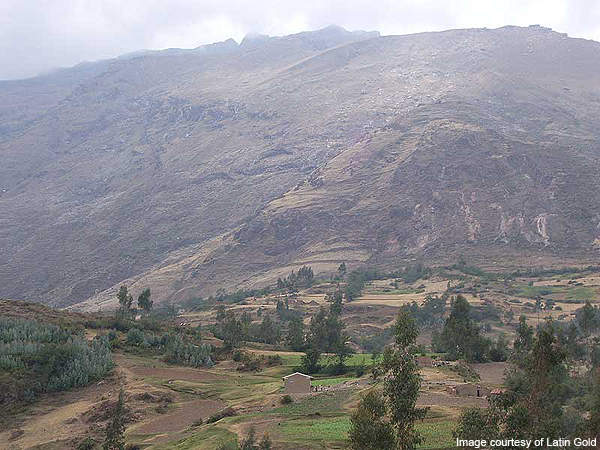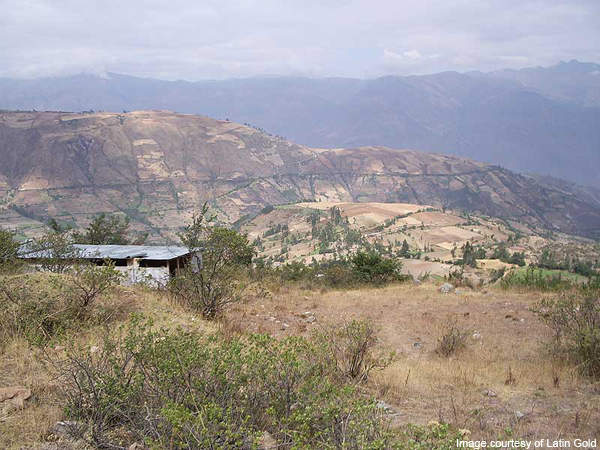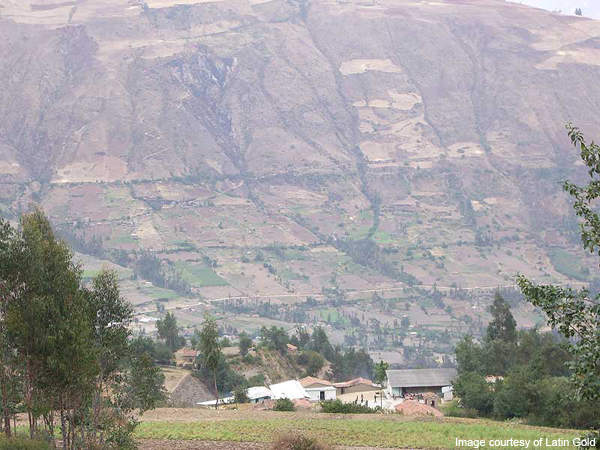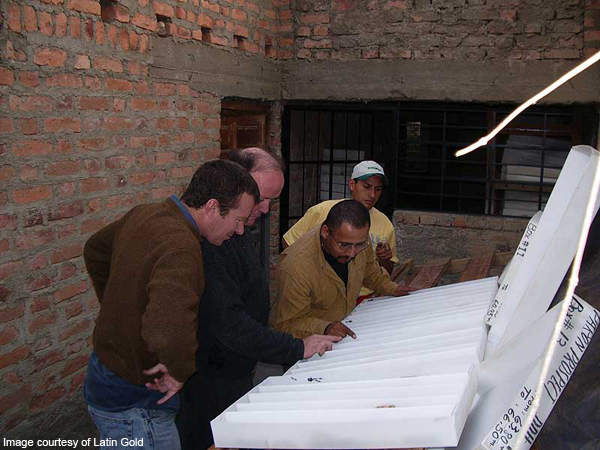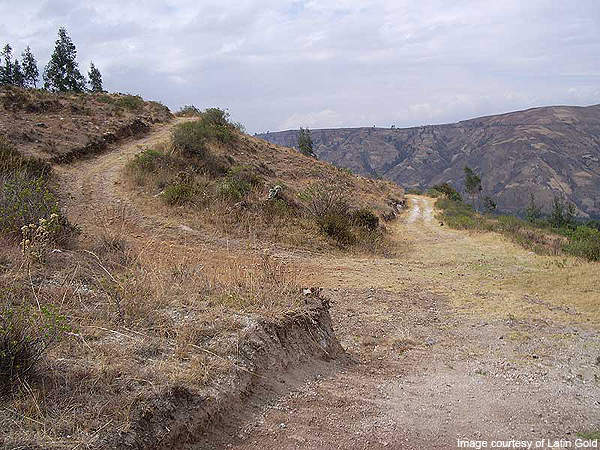The Paron Gold project is located in the Ancash region, about 16km from the town of Caraz in northern Peru. It was explored by the junior Australian exploration company, Latin Gold.
The gold reserve lies around 40km from the Pierina and about 120km from the Lagunas Norte (Alto Chicama) gold mines of Barrick Gold. These two mines have reserves of 7.5Moz and 9.1Moz of gold (Au) respectively. The Paron site can be reached by a paved highway between Lima and Caraz and via an unsealed road thereafter.
In January 2011, Coronet Metals signed an agreement with Latin Gold to acquire 100% of the Paron Gold Project. The total purchase value is expected to be $14m in cash and shares. Coronet aims to explore the precious reserves in Latin America with a special interest in Peru. The company will pay 1% gross royalty if the production exceeds 200,000oz of gold. Paron is expected to have a mining life six years.
Geology
The Paron reserve is located below the Malu I concession in an area of 224ha. The resource is present on a hillside, which dips 38° to 42°. The fault zone was intersected by digging 15m gouged zone at the base. The north-west trending belt is faulted and folded granodioritic composition of Tertiary batholithic rocks and Late Mesozoic marine sediments. The region contains minor coal seams, shales and Cretaceous quartzites.
Paron mineralisation
A batholith of monzo-granitic composition hosts the mine. It is structurally held by mylonitic textures and geological faults. The faulting and the gold bearing systems are expected to pass the hydrothermal mineralising solutions and support the mineralisation at Paron.
The mineralisation is identified as low sulphidation epithermal Au deposits based on five samples of metallurgical tests.
The ore is leached in conventional circuits of rocks and 88% is expected to be recoverable in the fresh rocks.
The epithermal gold deposit hosted by monzonite is of low sulphidation but the alterations also include characteristics of chalcedonic, cryptocrystalline quartz veining and silica. Microbreccias and silica crackle breccias are also found. The tubular alteration deposits extend to a length of 550m at widths of 80m to 350m and thickness of 2m to 40m.
About 5% of pyrite is also present in the mineralisation along with sphalerite and chalcopyrite. The sulphide content, however, is not expected to have any impact as the gold is readily leachable from the ore.
Reserves and exploration
The mine area has more than 100 artisanal pits and adits of about 15m believed to be made by the Portuguese miners in the early 1700s.
During 1994-1996 Acuarios Minera y Exploradora estimated the reserves at Paron to range between 200,000oz and 250,000oz at 3g/t. The company conducted regional and prospect sampling, drilled 62 diamond holes and developed three new adits, besides reopening the historical adits at the site.
The metallurgical tests indicated recoverability of more than 88% ore from fresh rocks.
The tests were conducted by McClelland Laboratories of Nevada. They included bottle roll leach tests on composite drill core and underground samples.
In 2000 a review conducted by Barrick estimated the resources to be 2.39m oz at 1.1g/t grading. The measured and indicated resources were estimated to be 5.5m t. The resource outcrops the hill and the strip ratio during mining is considered negligible.
Latin Gold reported the results of an independent pre-feasibility study of the project in July 2007. It estimated the reserves to be 286,500oz Au at an average grading of 1.6g/t. The annual production is estimated at 43,000oz of gold and 92,000oz of silver. Southampton Associates is currently verifying the results of the study on behalf of Coronet.

